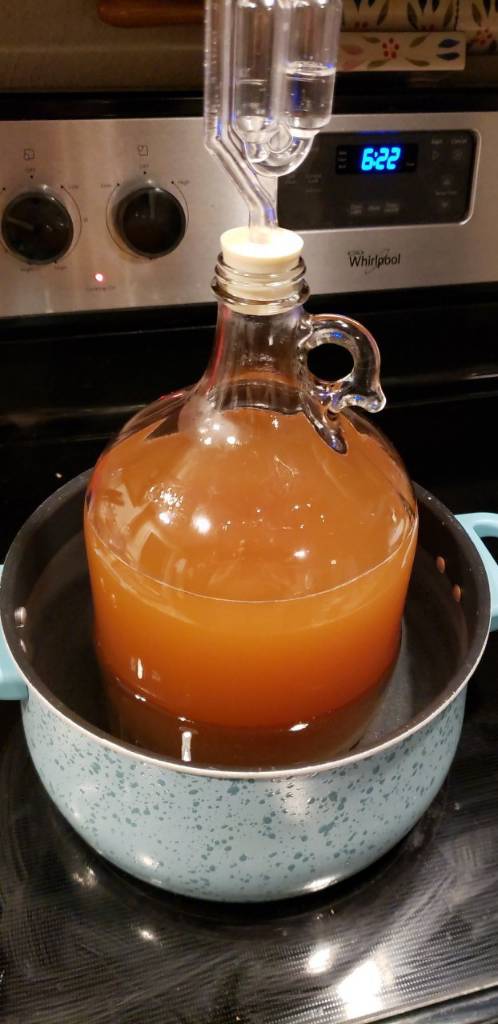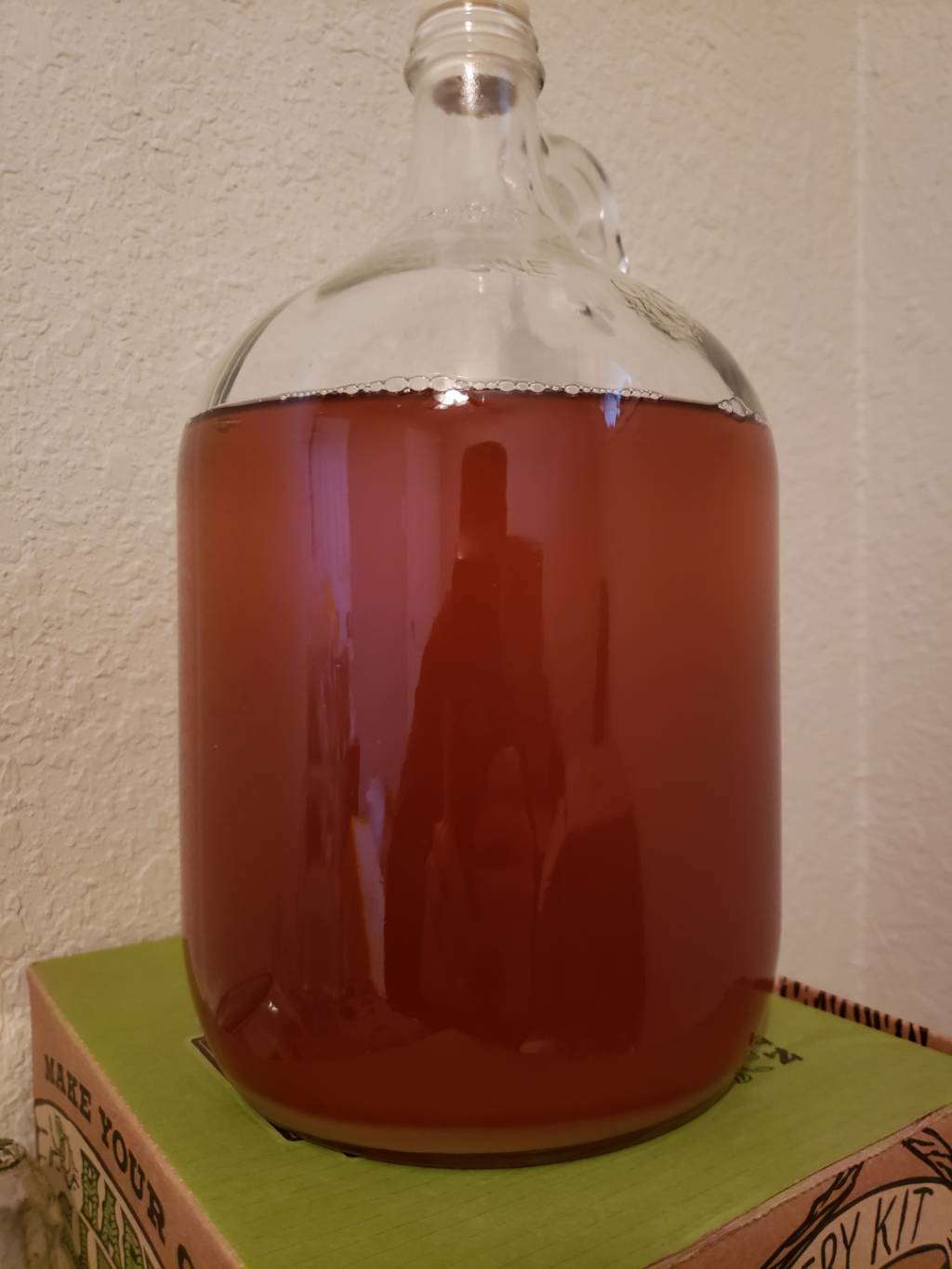Meadpyro
Member
- Joined
- Nov 12, 2018
- Messages
- 6
- Reaction score
- 7
So I just got done racking my traditional mead. It's a 1gal traditional mead made with 3lbs wildflower honey and D-47 yeast. OG was 1.110. Used GoFerm, degassed twice a day for 4 or 5 days and used Fermaid O at 1.080. After 16 days from start I racked, took a gravity reading, and sampled. SG was 1.020 and the taste was awesome! It was sweet and had an alcohol rating of 11.8% so it had a warming feel to it. So I stopped the fermentation by heating it in hot water at around 125°F.
Having said all that, do you need to age sweet mead? I thought it tasted pretty good but then again I don't know if it could be better or if aging is more for refining dry mead. And I've also heard that you only want age certain ABV% for certain amounts of time or it could actually spoil. How long would I age this mead and do I age it in the carboy or in bottles?
Having said all that, do you need to age sweet mead? I thought it tasted pretty good but then again I don't know if it could be better or if aging is more for refining dry mead. And I've also heard that you only want age certain ABV% for certain amounts of time or it could actually spoil. How long would I age this mead and do I age it in the carboy or in bottles?













































![Craft A Brew - Safale S-04 Dry Yeast - Fermentis - English Ale Dry Yeast - For English and American Ales and Hard Apple Ciders - Ingredients for Home Brewing - Beer Making Supplies - [1 Pack]](https://m.media-amazon.com/images/I/41fVGNh6JfL._SL500_.jpg)












